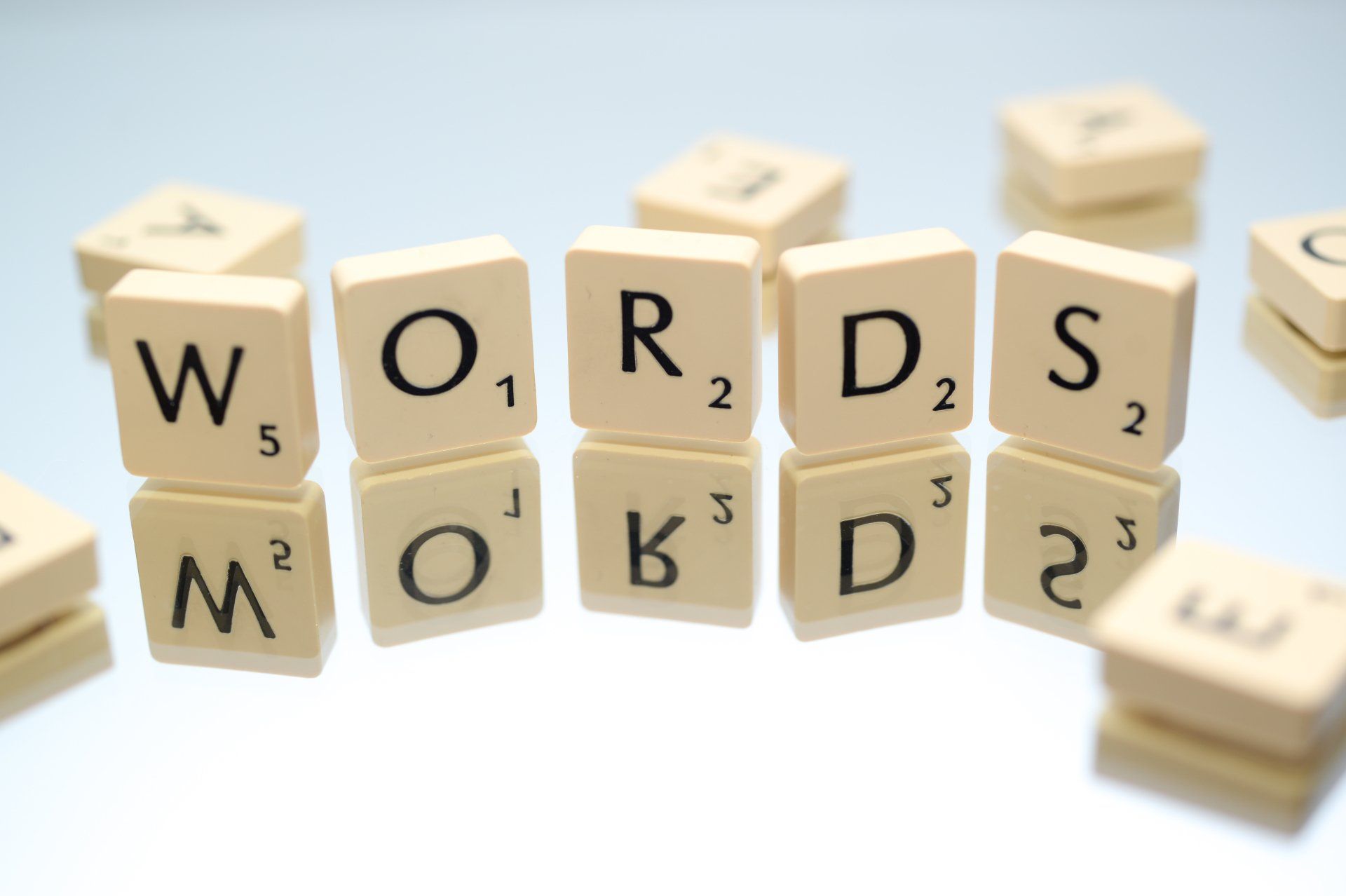Blog
Understanding Oral Reading Fluency
As parents, we all want to ensure our children become proficient readers. One of the key elements in achieving this goal is developing reading fluency. But what exactly is fluency, and why is it so important?
What Is Oral Reading Fluency?
Fluency is the ability to read "like you speak." It involves three key elements:
- Accurate reading of connected text
- Reading at a conversational rate
- Appropriate expression and prosody
When children are fluent readers, they can read smoothly and effortlessly, making few mistakes, maintaining a good pace, and using proper expression. However, non-fluent readers may struggle in one or more of these areas, making frequent errors, reading slowly, or lacking proper phrasing and expression.
Why Is Oral Reading Fluency Important?
Fluency is crucial because it directly impacts reading comprehension. Research indicates that students who read fluently are better able to understand what they read. This is because fluent readers can focus their mental energy on comprehending the text rather than decoding words. According to Dr. S. Jay Samuels' automaticity theory, once students master the basic skills of reading and can decode words automatically, they have more mental capacity to understand and engage with the text.
How Can I Help My Child Develop Their Oral Reading Fluency?
Simply offering a selection of reading material and encouraging children to read is not enough for effective oral reading fluency development. Rather, they need structured support and targeted practice within a framework where they feel motivated and engaged.
Research supports several effective strategies to improve oral reading fluency, including:
- Teacher Modeling: Students benefit from listening to proficient readers, whether it’s a parent, a teacher, a peer, or an audio recording. This helps them learn proper pronunciation, phrasing, and expression.
- Repeated Reading: Reading the same text multiple times helps students improve their reading rate and accuracy.
- Progress Monitoring: Setting specific reading goals and tracking progress motivates students to practice and helps them take accountability for their own learning.
You might think, that's all well and good, but where am I supposed to find the time or resources to do that for my child? Enter One Minute Reader. As it turns out, you don't need to find time or resources... you just need this one tool.
One Minute Reader: An At-Home Solution
One Minute Reader is a highly effective, research-based program designed to help children develop oral reading fluency, vocabulary, and comprehension independently. This program offers structured reading practice through high-interest, level-appropriate stories that children can work on at their own pace. It offers:
- Teacher Modeling: Through audio recordings
- Repeated Reading: Through the read along and practice steps
- Progress Monitoring: Through graphs and reports
- and SO MUCH MORE!
By using One Minute Reader at home, you can support your child's journey to becoming a fluent reader—setting them up for success in all their academic endeavors. Happy reading!
Highlighted Posts


Ready to see an improvement in your child's reading?
Sign up today and get seven days for FREE.
One Minute Reader is just $8 per month after your free trial.
